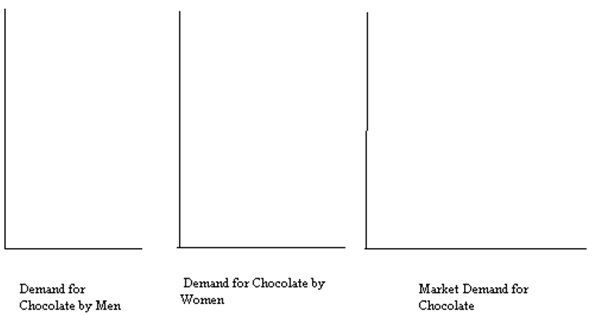Question 1. For a given set of cost curves, a unregulated monopoly produces
a. More output than would be produced by a perfectly competitive industry with the same cost curves.
b. Less output than would be produced by a perfectly competitive industry with the same cost curves.
Question 2. Monopolistically competitive firms produce a level of output where
a. Average cost per unit is minimized.
b. Price is greater than marginal cost.
Question 3. For a given set of cost curves, in the long run a monopolistically competitive firm produces at
a. A lower level of output than a perfectly competitive firm with the same cost curves while earning zero economic profit.
b. The same level of output as a perfectly competitive firm with the same cost curves while earning zero economic profit.
Question 4. Allocative efficiency, that is when price is equal to marginal cost, is important to economists since an allocatively efficient outcome is one that has no deadweight loss. Identify two occasions when a market produces the allocatively efficient level of output.
1)
2)
Question 5. Suppose you are a monopolist selling chocolate bars in your community. You realize that there are two types of chocolate consumers in your community: men and women. The demand equations for chocolate bars for these two groups are given by the following equations:
Men's Demand for Chocolate: P = 10 - Q
Women's Demand for Chocolate: P = 20 - Q
Furthermore, you are told that the marginal cost of producing a chocolate bar is constant and equal to $2.
a. In the graphs below, draw the demand for chocolate for men in the first graph, the demand for chocolate for women in the second graph, and the market demand for chocolate in the third graph. Label each graph completely and legibly (i.e., y-intercepts, x-intercepts, and axis all labeled).
b. Write a set of equations for the market demand curve: for each equation you write identify the range of quantities for which that demand curve is applicable.

c. If this monopolist acts as a monopolist and sells chocolate for a single price, how much chocolate will the monopolist sell and what price will the chocolate sell for?
Price if monopolist sells at a single price ________
Quantity if monopolist sells at a single price ______
d. Calculate the single price monopolist's total revenue (TR), total cost (TC), and profit.
TR = ______
TC = ______
Profit = ______
e. Suppose this monopolist practices third degree price discrimination. What price will men pay for chocolate and what price will women pay for chocolate? What quantity of chocolate will men purchase and what quantity of chocolate will women purchase?
Price of chocolate to men = _______ Price of chocolate to women = ______
Quantity of chocolate to men = ________ Quantity of chocolate to women = _______
f. Calculate the TR in the chocolate market for men and TR in the chocolate market for women. Then calculate the TC is the chocolate market for men and TC in the chocolate market for women. What is the level of profit in the chocolate market for men and the level of profit in the chocolate market for women? What is the overall level of profit for this monopolist if he practices third degree price discrimination? Use the tables below to summarize your findings.

g. Compare your findings for this monopolist: is it better for the monopolist to charge a single price for chocolate or for the monopolist to price discriminate? Explain your answer based on your findings.